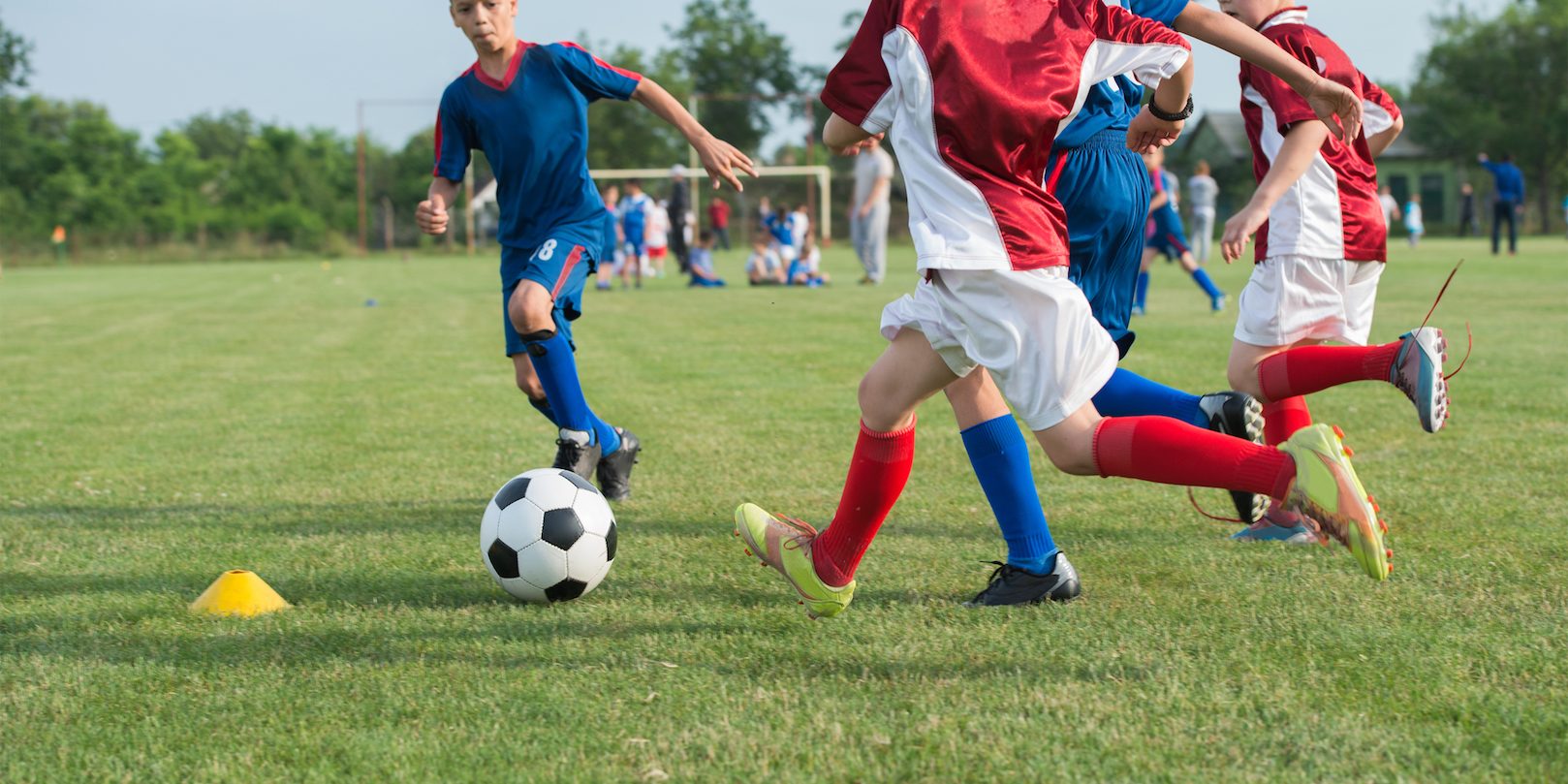Treating the common ‘growing pain’ known as Osgood-Schlatter syndrome
By Dev Mishra, M.D.
Over the summer a lot of kids came through the office to get “tuned up” for summer activities. Typically we’re dealing with a number of nagging overuse injuries, and one extremely common type is pain in the front of the knee.
Pain in adolescent athletes is often called “growing pain” but there are specific age ranges and sports that predispose a young athlete to pain.
“Osgood-Schlatter” syndrome (sometimes called Osgood-Schlatter disease) is one such specific problem. The young athlete can develop a painful lump below the kneecap particularly in children and adolescents experiencing growth spurts during puberty.
Osgood-Schlatter syndrome occurs most often in children who participate in sports that involve running, jumping and rapid changes of direction — such as soccer, basketball, figure skating and ballet.
While Osgood-Schlatter syndrome is more common in boys, the gender gap is narrowing as more girls become involved with sports. Age ranges differ by sex because girls experience puberty earlier than boys. Osgood-Schlatter syndrome typically occurs in boys ages 13 to 14 and girls ages 11 to 12. The condition usually resolves on its own, once the child’s bones stop growing.
Some kids will have only mild pain while performing certain activities, especially running and jumping. For others, the pain is nearly constant and debilitating.
Osgood-Schlatter syndrome usually occurs in just one knee, but sometimes it develops in both knees. The discomfort can last from weeks to months and may recur until the young athlete is finished growing.
How do you treat Osgood-Schlatter’s?
Activity modification is the main treatment for Osgood-Schlatter’s. For those kids that end up in my office we will typically spend a long time carefully analyzing sports, activities, and time spent on each.
Treatment generally means cutting back substantially on jumping and sprinting sports until the pain is gone, and then gradually restarting those sports. Other conservative treatment measures include ice, stretching, controlled strengthening, physical therapy, simple over-the-counter pain medicines, and a patellar strap. In more severe cases, a short period of casting or bracing may be recommended.
The good news is that Osgood-Schlatter doesn’t last forever. The hard part is cutting back on activities that cause the symptoms. The symptoms of Osgood-Schlatter’s almost always improve with rest and also usually subside when the athlete finishes growth. In rare cases, a fragment of bone may not unite to the underlying tibia and symptoms may persist into adulthood.
Although extremely rare, an athlete who continues to play vigorous sports with persistent pain from Osgood-Schlatter’s may develop a complete fracture through the growth plate at the top of the tibia. Usually, however, the only long-term consequence of Osgood-Schlatter’s is a residual bump on the front of the knee that does not interfere significantly with sports.
Key Points: • Overuse injuries related to growth spurts are common in certain sports, especially sports involving jumping, sprinting, and rapid changes of direction. • Osgood-Schlatter syndrome is a very common growth related pain in the front of the knee. • Osgood-Schlatter can be successfully treated by rest from the activities causing the pain, and allowing gradual return to sports.



